The German Gewehr 3 (literally Rifle number 3) is a 7.62×51mm select-fire battle rifle. The operating system was conceived in WW2 and developed in the 1950s. The G3 was a ground breaking design which held communist hordes at bay for 30 years. PTR Industries in South Carolina is building the GI PTR 100, a semi-automatic version of this robust cold warrior. Where did it come from and why was it built?

Once used by the German military, the G3 has been popular in the export market, being adopted by the armed forces of over 40 countries. If you watch the news you will see that Mexico, Pakistan, and Iran all still make the G3 under license.
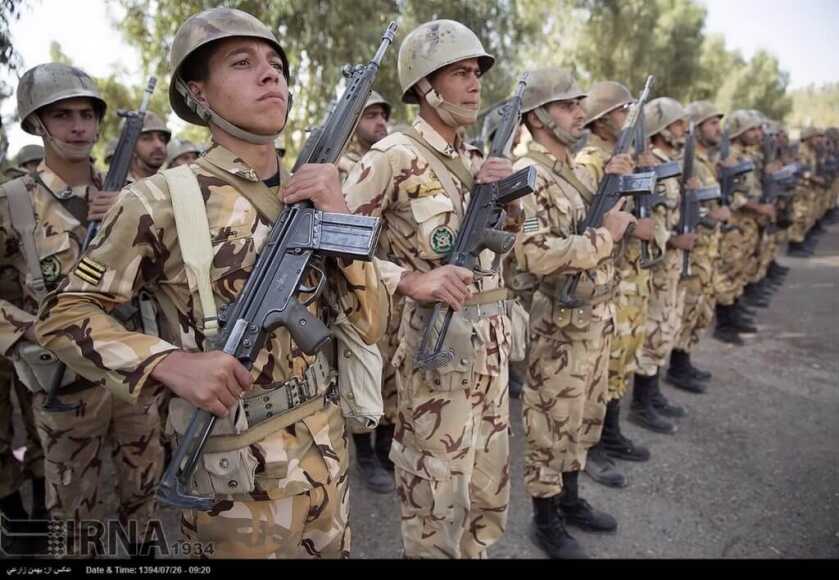
I saw these guns in service with El Salvador during the civil war there. When I was in Afghanistan in the late 2000s, Iranian made G3’s and MP5’s were common status symbols among the locals in Herat. Where did this ubiquitous rifle come from? Spoiler alert: It involves Nazi engineers and desperate wartime necessity.
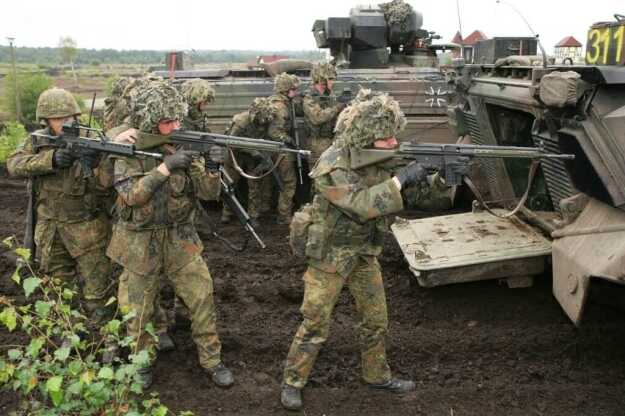
In 1943, Russian hordes were introducing the human wave to 20th-century warfare. The Wehrmacht (German Army) disobeyed a Führer directive and developed a new kind of gun. Designed for mass production, the rifle was designed to fire full auto and take advantage of the 7.92×33 Kurtz cartridge.
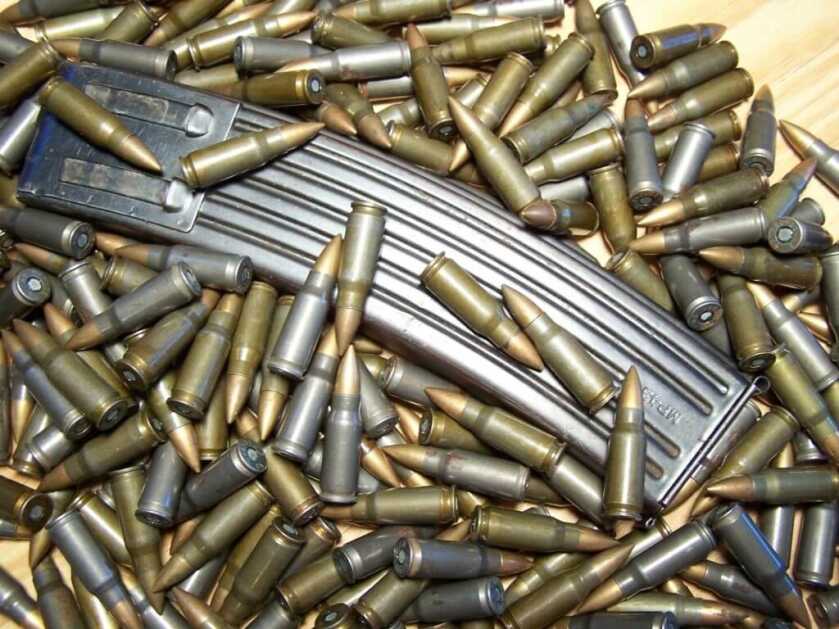
They hid the development by calling it a submachine gun (MP43 and MP44) and sent it to the Russian front. When Hitler asked the Commanders on the Russian Front what they needed to win in the east, they said “More of the new rifles”.

Hitler finally shot the new gun and he liked it so much he didn’t schedule a single execution. He named it the Sturmgewehr 44 (assault rifle). Always a master of propaganda, his made-up name is still used by modern national socialist to slander civilian semi-automatic rifles.

The StG44 was made of stamped and welded steel. Difficulties with the manufacture, use of available non-priority steels, and the friction of war resulted in an unnecessarily heavy receiver for the intermediate cartridge which it fired.

Another design for a Mauser rifle chambered in 7.92 mm Kurz inspired a whole new concept. This breakthrough was too late for the Nazis, but it planted a seed that would later bloom for Mauser’s love child, Heckler & Koch. Some geek running the analytical department at Mauser, deep in the basement in Oberndorf devised a version of the retarded (a better translation than delayed) blowback system.
What a genius design. Delayed Roller Blowback has NO gas system, NO piston, and NO rigid locking. Elegant and simple, rollers are used to retard the bolt just long enough for the chamber pressure to drop to safe levels. This became the StG45. When American forces captured Oberndorf, no more than 30 of these rifles existed.
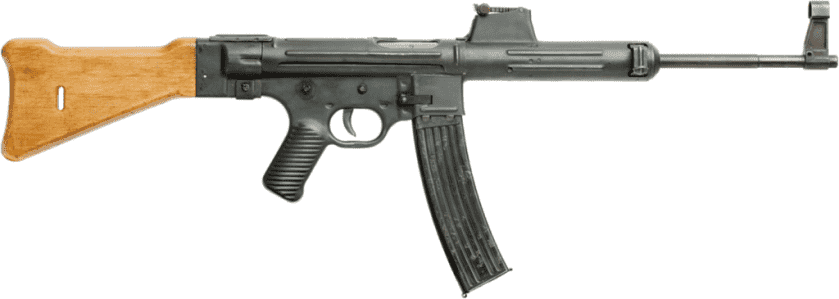
Captured parts were assembled into StG45 rifles for the allies to test. They were amazed, this was something completely new. There was no springtime for Hitler, but this idea was too good to remain in the rubble of Mauser Werk.
We all know how the story ends, the team with the prettiest uniforms lost, due in no small part to their sophisticated weapons which they could not mass produce.

Some of the more agile Nazis escaped Germany and were recruited to make guns for France. German engineer Ludwig Vorgrimler of StG45 fame spent 3 years working on the French version of the Sturmgewehr for the CEAM company.
It was called the Carabine Mitrailleuse Modèle 1950. Since France was busy losing the war in Indochina and looking toward NATO standardization, France couldn’t afford to produce this new rifle. France continued using antiques and American hand me downs.
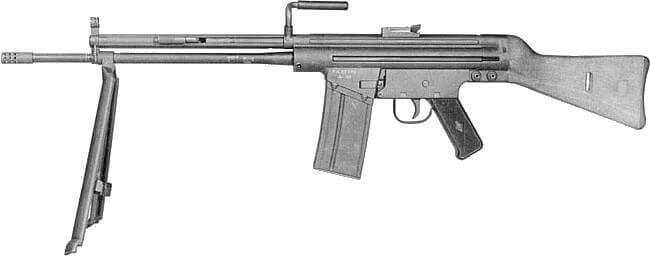
You can’t keep a good engineer down, Vorgrimler didn’t file for generous French unemployment, he moved to fascist Spain and designed LV-50 rifle originally chambered for the 7.92Kurz cartridge. The West German Border Guards (Bundesgrenzschutz), were interested in this rifle but wanted a NATO round. CETME produced the Model A chambered for the 7.62x51mm CETME cartridge, identical to NATO 7.62 in chamber dimensions but with less velocity. Close, but not NATO standard.
In 1949 Heckler & Koch was founded by engineers Edmund Heckler, Theodor Koch, and Alex Seidel formerly of the Mauser rifle company. The Germans pronounce it Heckler and Cock. They never did figure out why Americans find that funny. I never could find out why Seidel didn’t get his name on the sign. H&K made machine tools, sewing machine parts, and gauges and dreamed of the day they would again make guns.
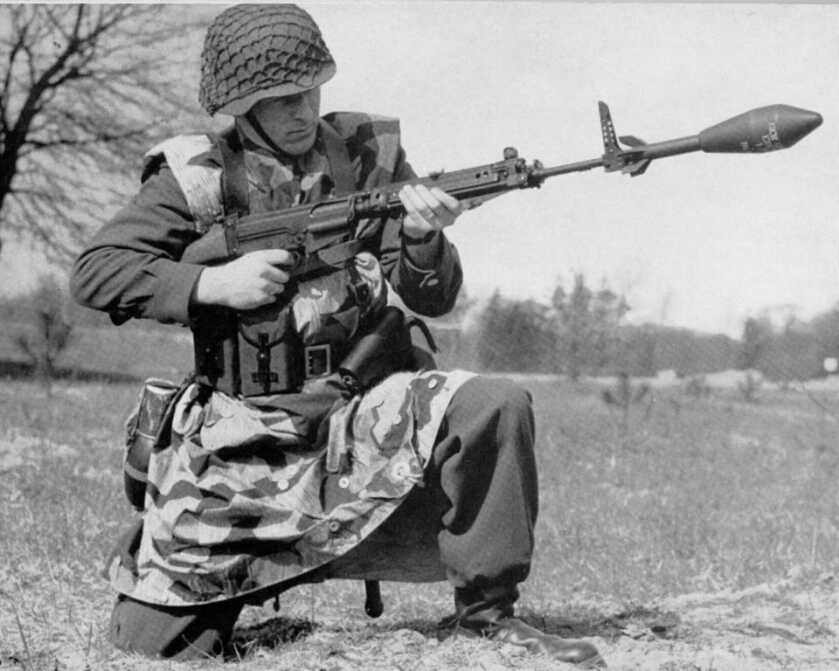
In 1956, the Bundesgrenzschutz instead adopted the Belgian FN FAL (It was called the G1 by the Germans, probably because they didn’t want it to look like they were buying guns from Belgium).
The Belgians later refused to grant a license to manufacture them in Germany. Too soon? In November 1956 West Germany ordered 100,000 FALs, for the army. The G1 is distinguished from other FAL weapons by a pressed metal handguard and a removable flash hider.
The new West German Army was looking across the inner-German border with their M-1 Garrands and G-1s at the new East German Army carrying the StG44 and the SKS. Our Germans wanted a new NATO standard rifle to keep the Warsaw Pact Armies on their side of the border. In 1958, they conducted trails between the German designed CETME, calling it G3, the Swiss SIG SG 510 (G2) and the American AR-10 (G4). I guess they wanted to German-up the Spanish, Swiss, and American guns too.
In January 1959, the Bundeswehr adopted the Automatisches Gewehr G3. Rheinmetall and H&K both made the G3. In 1969, Rheinmetall gave up production rights to the G3 in exchange for H&K’s promise not to bid on the MG3 contract. In 1977, the West German government ceded ownership of G3 production and sales rights exclusively to H&K for the G3.

Don’t get me wrong here. I am not an H&K hater. I love the story and the design of the G-3 family, but there are many people who just cannot grok what I am about to say.
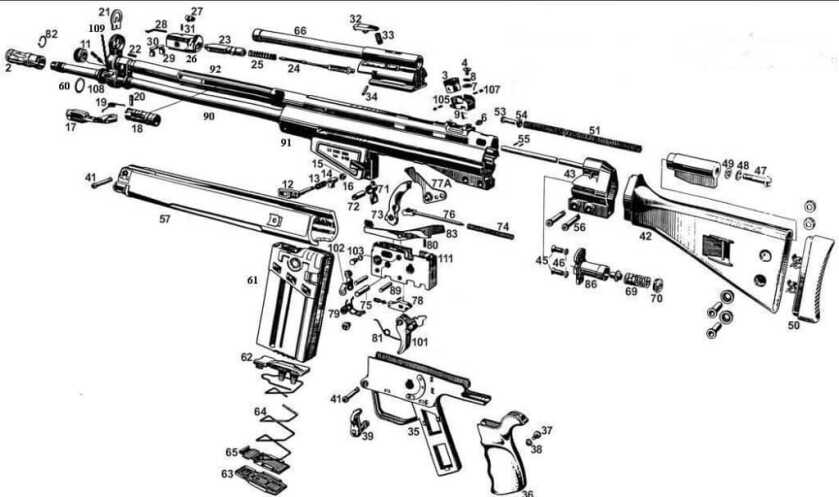
It has always amazed me that people associate the G-3 with high quality and precision. Like the Sturmgewehr 45, the G3 is built for crude war-time production using as many stamped parts as possible.
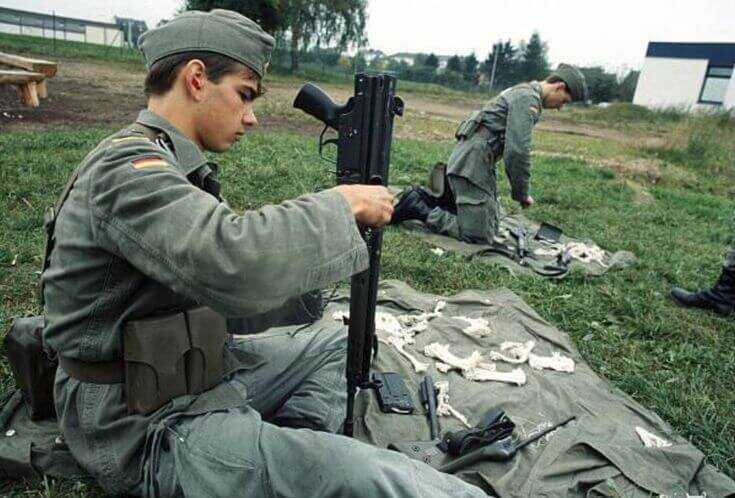
The G3 receiver is stamped from sheet steel. The trigger unit housing along with the pistol handle frame, also are stamped from steel. The early G3 even had stamped steel handguards.

If you compare the G-3 to an M-14, an M-16, or an FN FAL you will see the difference between war-time production and precision manufacture. If you take the stock off, you can look directly into the sheet metal maw of the receiver. It is a great gun, and its origins are part of its functional beauty.
The G3 is a select fire roller-delayed blowback-operated firearm. This retardation or delay is achieved by two cylindrical rollers acting as transmission elements against a movable locking piece which drives the heavy bolt carrier.
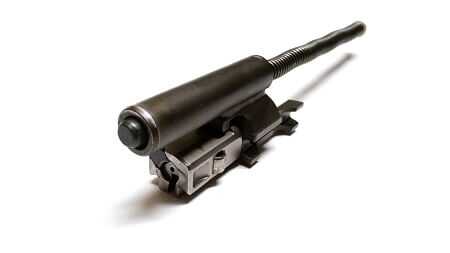
The two-piece bolt assembly consists of a bolt head and bolt carrier. The bolt is held in battery by two cylindrical rollers that engage locking recesses in the barrel extension. The breech is opened when both rollers are driven inward against angled ramps of the barrel extension and interact with the wedge-shaped locking piece, pushing it back.
The chamber is fluted because the breech opens under very high pressure; this assists in the initial extraction of a spent cartridge casing. You can always tell fired brass that came out of a G-3. There are black soot lines that run the length of the case and the brass is nearly bent in half from the vigorous ejection. I was told that bending the brass kept the enemy from reloading it.
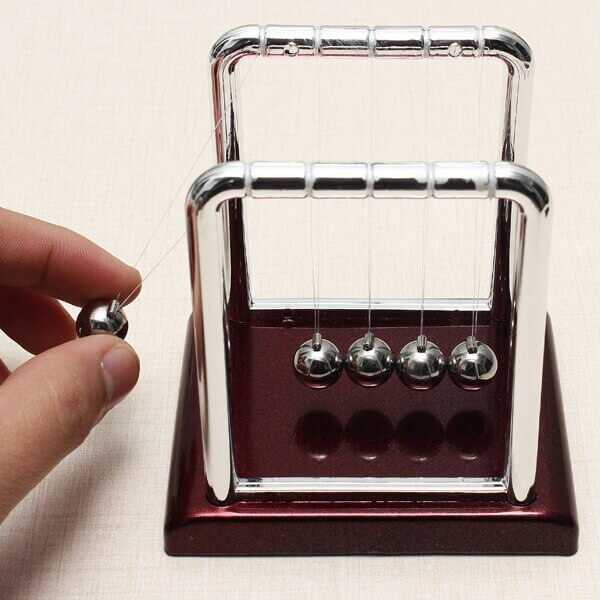

Polygonal vs Normal Rifling
In the pre-war years, German engineers developed a new process for making barrels, cold-hammer forging. The cold hammer forging process work hardens the steel around a mandrel which has a negative form of the rifling. The MG-42 used polygonal rifling where the traditional lands and grooves are replaced by “hills and valleys” in a rounded polygonal pattern. This produced more durable machine gun barrels in less time. H&K chose this process to make the G-3 barrels.
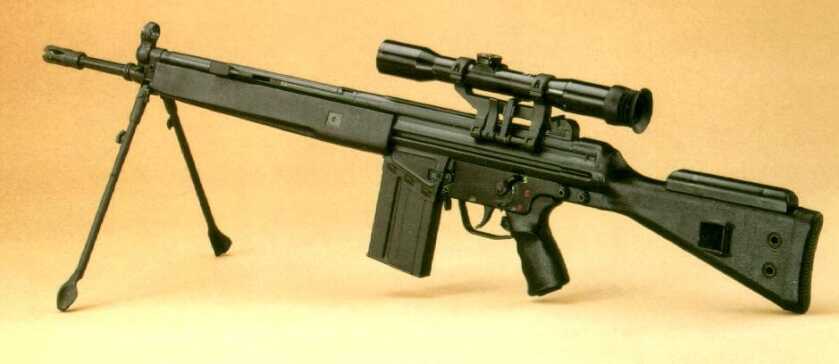
Every G3 rifle can be equipped with a detachable bipod and a claw-type detachable scope mount. A folding cocking handle is located on a tube above the barrel, on the left side, and does not reciprocate when the gun is fired. The NATO standard 22mm flash hider mounts a bayonet and serves as an adapter for launching rifle grenades.
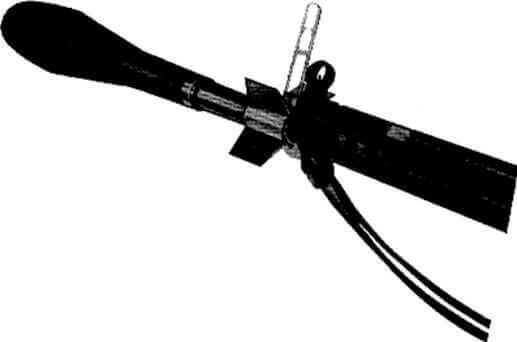
NATO 22mm Rifle Grenade on G3 rifle.
Photo courtesy of www.bevfitchett.us
The NATO 22mm rifle grenade is inserted over the flash suppressor and launched using a special blank cartridge. 22mm grenades include everything from anti-tank rounds to finned tubes with a fragmentation hand grenade attached to the end. With this system, it is important to know if there is a blank or a ball round in the chamber.
A friend of mine in El Salvador’s Army said he shot over 50 of these grenades from his G-3 in a fight early in the war. He said the recoil was pretty severe and he quickly figured out to put the butt on the ground when firing them. They must work, he lived to tell the story.
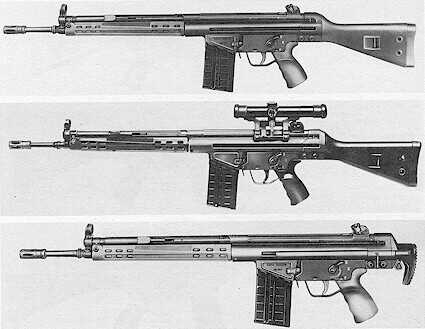
The G-3 had many upgrades over the years. In the ’60s came modernized production models, the G3A3 (with a fixed plastic stock) and the G3A4 (collapsible stock). They changed the barrel to one using polygonal rifling, added better sights as well as a different 22mm flash hider.

The G3 uses either steel (260 g) or aluminum (140 g) double-stacked box magazines. H&K developed a prototype plastic disposable magazine in the early 1960s, but it was not adopted. The aluminum magazines were just as light and turned out to be more durable, and easier to make.
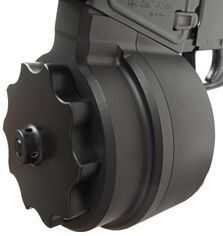
H&K produced the G3 until 2001. H&K and others have made a wide variety of firearms, based on the G3 design. There are guns made in other calibers, like the 9mm MP-5 submachine guns made famous by the British SAS. The 5.56mm HK 33 assault rifles were widely exported.

There were belt-fed machineguns, the 5.56mm HK23, and the 7.62mm HK 21 machine guns. The H&K 23 was a contender for the U.S. Army Squad Automatic Weapon trials. Designated as the XM-262, the HK21A1 lost out to the FN Minimi, now designated as the M-249 SAW. (Squad Automatic Weapon)

After the Munich massacre at the 1972 Summer Olympics, West German police units were criticized for not engaging the terrorists quickly enough to prevent them from killing hostages. H&K was commissioned to create a semi-automatic sniper rifle for police and military.
A G3 variant, called the PSG1 has a heavy free-floating barrel with polygonal rifling, a special adjustable trigger, and an adjustable stock. The pistol grip is of a target-style with an adjustable palm shelf. It also featured a low-noise bolt closing device (similar to the M-16’s forward assist).
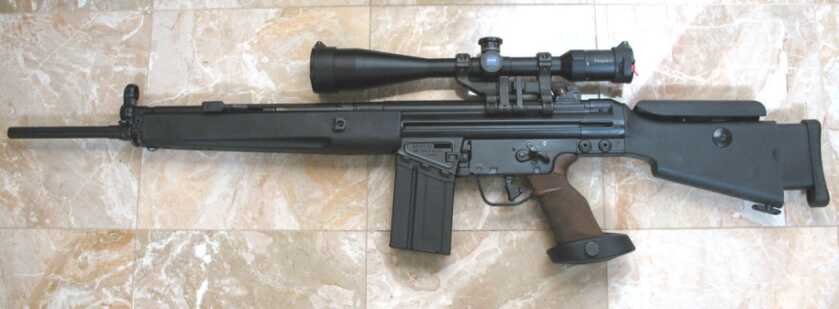
H&K claimed the PSG1 would hold 1 minute of angle (MOA) with match ammunition. This suggests that an average group at 100 yards would be one inch in diameter. The PSG1 had no iron sights. It came with a Hensoldt ZF6x42PSG1 scope with a built-in range adjustment feature which can be adjusted from 100 to 600 m and an illuminated reticule.
Americans are most familiar with the civilian variants of the G-3. Initially known as the H&K 41, some of these rifles were easily converted to full auto with a G-3 trigger pack. A number of modifications were made and the new H&K 91 had a shelf was welded onto the receiver where the push-pin of the trigger pack would normally go, to prevent the installation of a fully automatic trigger pack.
There is no magazine release flapper on the HK91, so the button on the right side of the magazine well must be used instead. Other than these functional changes, it is identical to the G3A3/A4. Between 1974 and 1989, 48,000 H&K 91 rifles were imported.
Struggling to keep up with changing US import restrictions, they built HK911 which was an HK91A2 with the flash hider removed and the receiver re-stamped with an extra 1 to comply with the US importation ban of 1989. The new designation theoretically made it legally immune to the Import Ban, as H&K 911 rifles were not on the list of banned guns. However, the later banning of several “paramilitary” features on the HK911 made it illegal for importation.

The SR9 variants differed from the HK91 in that they had their flash hiders removed and featured a smooth forend that lacked the bipod attachment point. The pistol grip and buttstock replaced with a one-piece thumbhole stock. The SR9 series was banned from importation to the United States by President Clinton in 1997 because they could accept standard-capacity magazines.
In the current market, there are several choices. My favorite is PTR-91. It’s made in America (tooling purchased from FMP, which was an HK-licensed manufacturer in Portugal).
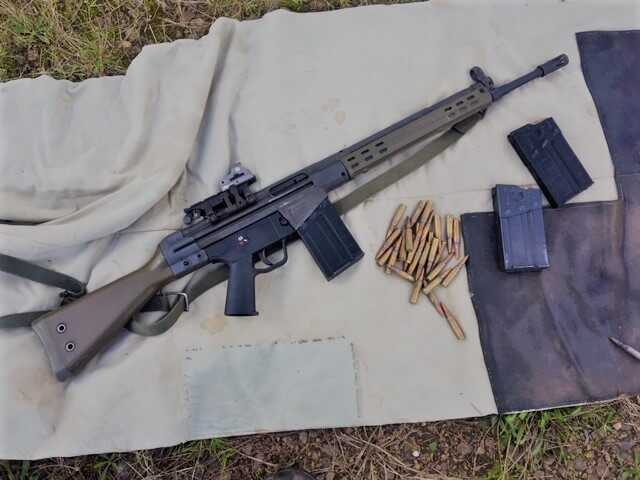
Let’s talk about ergonomics. Why the original G-3 is impossible to use left-handed? In the German Army, it was forbidden to shoot left-handed. Why is the selector/safety impossible to manipulate with the right hand? The “master grip” of the right hand should never shift. You use the left hand to reach over the gun and manipulate the selector. You put it on auto when you cross the border and put it on safe after the enemy’s capital is captured.
To load the G3, you must reach forward and pull the cocking handle back and lock it to the rear. In the early ’80s, El Salvador equipped their forces with the G3. The average recruit was about 16 years old and all of 5 feet tall. These guys were tough but they couldn’t reach the cocking handles on their G3s with the weapon shouldered.
The good news was the plastic broke off the cocking handle, leaving a hole in the metal exposed. The hook on the H&K sling could be attached to this hole in the cocking handle instead of the sling attachment point. This allowed you to step on the sling and load the G3. The American advisors referred to this as “kick starting”.
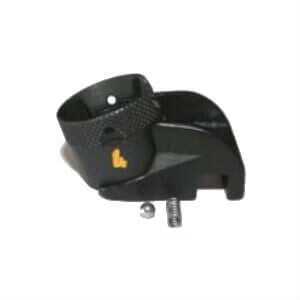
The iron sights consist of a rotary rear drum and hooded front post. The rear sight, mechanically adjustable for both windage and elevation. The open notch is used to fire up to 100 meters and three apertures are ballistically matched for ranges of 200, 300, and 400 meters. The receiver has recesses that work with HK clamp adapters used to mount day or night optics.

Zeroing? There is a special sight tool, known in the field as “the $75 Phillips head screwdriver” because of the H&K price on the original tool. This device has a Phillips head which adjusts windage and a two horned contraption which depresses two detents to adjust elevation.
This goes back to another quaint European idea. Shooters shouldn’t adjust the sights. Expert craftsmen in Obendorf adjusted those sights, you will just screw it up. The sight tool is designed to PREVENT the adjustment of G3 sights.
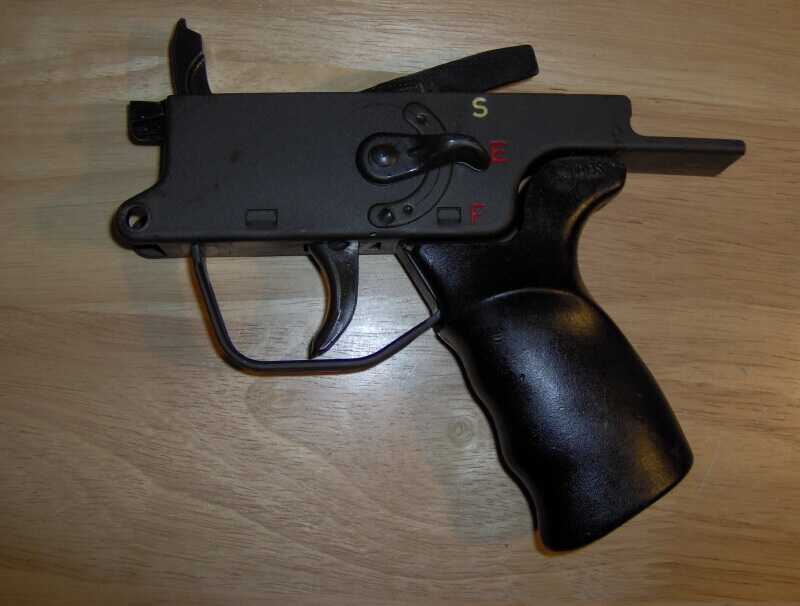
The trigger is OK. The stamped sheet metal trigger is a little mushy and the reset is long. It is functional and reflects the basic design requirements of wartime production. Even prone on the bipod, the gun is difficult to control on full auto. The recoil of 7.62 NATO is more powerful than the 7.92Kurtz.
As a free American, you can still own a quality semi-auto version of this great gun. Let’s hope that is not a limited time offer. PTR Industries in South Carolina makes the PTR 91 which is every bit as good its German cousins. I will be turning in a review on the GI PTR 100. Stay tuned.


Acquired a PTR-102 for Christmas, along with some accessories, 20 round mags, a 50 round drum (sheer with the author, an original HK drum would probably be dear in n price), forte grip for the Mlok. Still breaking it in, but joy to shoot. Heavy beast. Very mechanical in function. Looking forward to many years of use and always looking for history. Thanks for this article….
I have an original HK91. I can’t find a scope mount. I ordered 1 and it didn’t fit. I ordered another and got the same thing. I bought this in the 70s and rarely fire it.
Great article love to learn the history behind firearms . It was a good writeup .
Big thumbs up, on your article!
I just came across a completely unplanned acquisition of one of these HK-91s, which I find a little confusing, because it appears to be one of the original 48,000 imported, stamped SACO. has adjustable trigger pack, bipod, adjustable (SAW) type stock, with cheek & shoulder adjustment knob, & a muzzle, bird cage flash hider that appears to be pinned . A prefix, stamped 1976. don’t know if they ever made a civilian version, of the SPG1.
I haven’t fired it yet, because I just recently took possession .Has a very heavy barrel, but can’t say if its free floating.
from the stand point of history, origin, I so appretate the time spent researching this information .
Semper Fidelis,
If not us, then who,
Thanks Pete, you got a lucky find there. It should shoot great.
Mr. Miller excellent article I enjoyed reading it I love articles that add to my base of knowledge thank you sir
Thank you Frank, I have some pretty broad experience with the guns of that era but I learn new things about old guns every time I do research or talk to an old timer. Delayed roller blow back always seemed like the most elegant operating system for its simplicity.